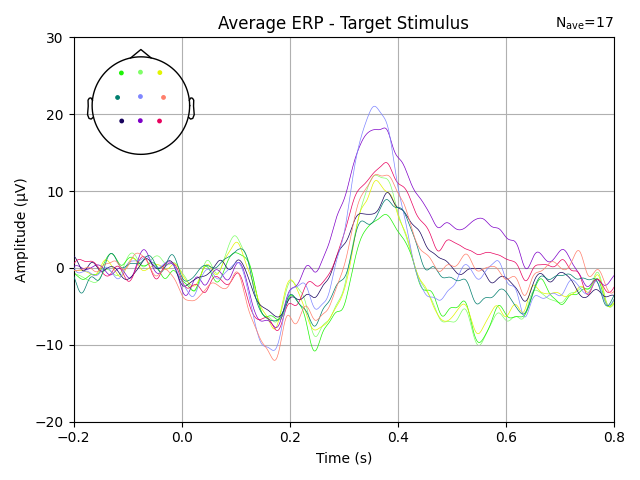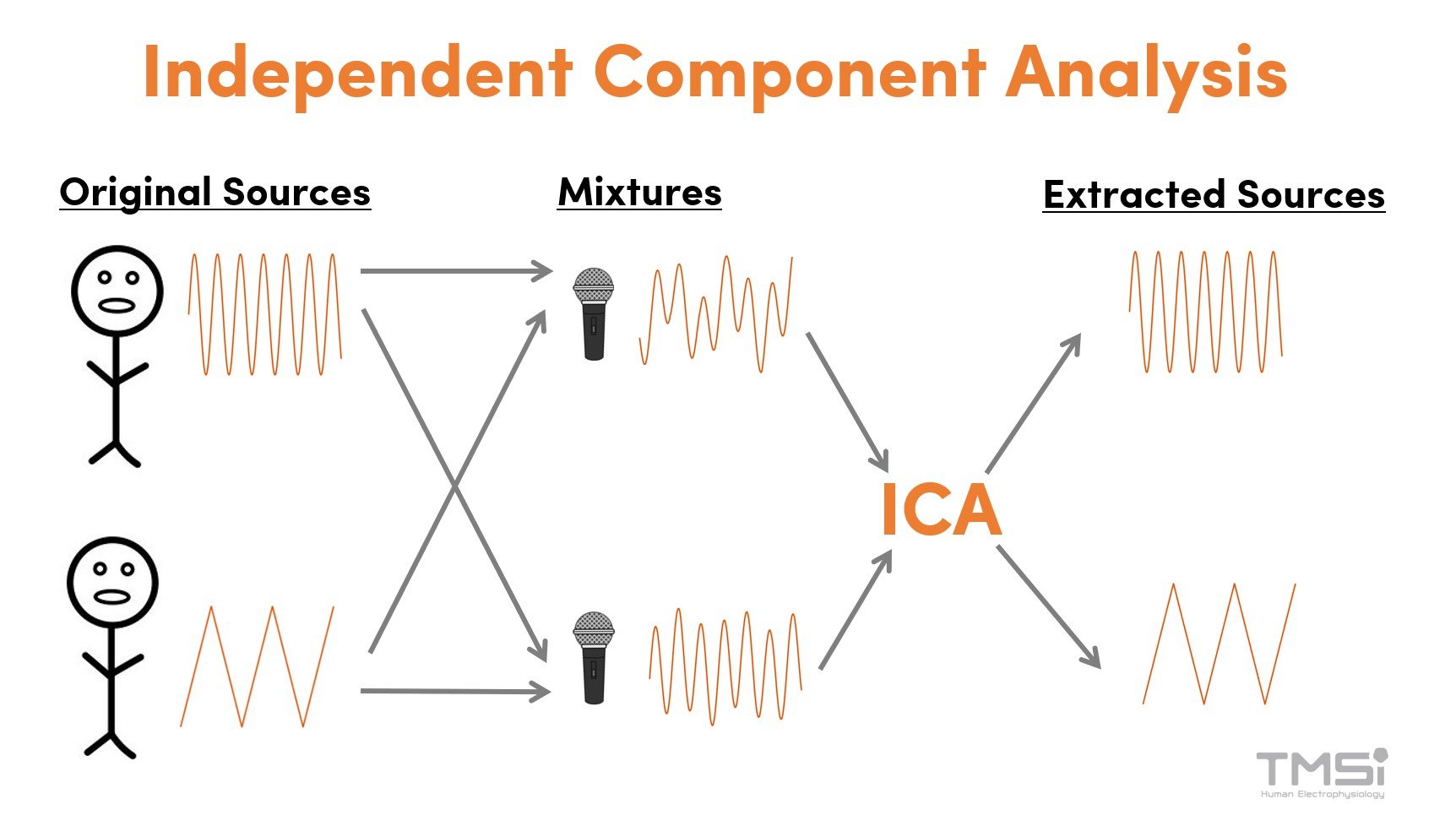Ensuring high-quality EEG recordings in integrated fNIRS-EEG setups
Multimodal fNIRS-EEG measurements
Combining Electroencephalography (EEG) and functional Near-Infrared Spectroscopy (fNIRS) is becoming increasingly common in neuroscience research, as it merges the strengths of both modalities to provide a more comprehensive view of brain activity. To support seamless multimodal integration, we offer various solutions, among them, combined holders designed to optimize sensor placement and enhance setup flexibility. These holders enable improved spatial distribution, allowing for the placement of additional optodes and electrodes. However, the close proximity of sensors may increase the risk of interference, potentially affecting EEG signal quality.
In our latest blog post collaboration with Artinis NIRS, we investigate the potential for interference during multimodal fNIRS-EEG recordings using our integrated setup, which combines the Brite and the APEX. Through a series of tests, we demonstrate that high-quality EEG recordings can be achieved with minimal crosstalk, even in closely integrated configurations.
This blog post explores the integration of EEG and fNIRS for multimodal brain monitoring, focusing on potential interference when sensors are placed in close proximity. Using the Brite and APEX systems with combined holders, the study demonstrates that high-quality EEG data can still be achieved with minimal crosstalk, supporting the effectiveness of our integrated solution for simultaneous EEG-fNIRS measurements.
The integration of EEG and fNIRS combines the strengths of both techniques, capturing electrical activity and hemodynamic responses for a deeper understanding of brain function. This multimodal approach enhances research in areas like brain-computer interfaces, hyperscanning, and clinical studies, offering high temporal and spatial resolution in a non-invasive, portable setup.
Hyperscanning is an innovative technique that allows researchers to simultaneously record and analyze the brain activity of multiple individuals during social interactions. By utilizing methods such as EEG, fMRI, and fNIRS, hyperscanning provides insights into the neural mechanisms underlying cooperative and competitive behaviors. This approach enhances our understanding of how brains communicate during shared activities, offering valuable perspectives in fields like neuroscience, psychology, and social sciences.
ERP is the neural response associated with a specific sensory, cognitive, or motor event (e.g. a stimulus). An ERP is often recorded using scalp electroencephalography (EEG) and looks at the average change in voltage over time starting at the onset of the stimulus over multiple trials. ERP measurements have a precise temporal resolution, which is useful in testing perception and attention.1 This information can be used to evaluate brain functioning by looking at how the brain normally processes information, as well as viewing how this processing may differ in neurological or psychiatric disorders.
This blog describes what the P300 is and how you can detect it. It includes a practical example of how a P300 response was measured using TMSi's SAGA, including the experimental protocol, a sample dataset, and all acquisition and processing codes. At the end of this blog, you will be able to download this sample data set and run through the scripts to view the P300 yourself.
A common problem in measurement setups where the subject is allowed to move around is the movement artifact. Movement artifacts on EEG measurements originate from two different phenomena: the movement of the cables and the movement of the electrode.
Bio-electricity refers to the measurable potential differences between two points on the body, providing valuable insights into the body's electrical activity. Understanding the origins of these potentials and the challenges involved in measuring them is essential for accurate interpretation and application.
Eye movements and blinks cause significant EEG artifacts, with blink artifacts being much larger in amplitude than EEG signals. Preventing eye movement artifacts is challenging, as restricting blinking or gaze can increase cognitive load. Post-processing methods like Independent Component Analysis (ICA) effectively remove these artifacts while preserving the data.












Multimodal approaches are increasingly used in muscle research to provide a comprehensive view of muscle function. HD-EMG captures detailed temporal and spatial muscle activity, while NIRS measures local muscle oxygenation. Combining these portable techniques offers significant advantages for studying muscle activity and metabolism simultaneously.